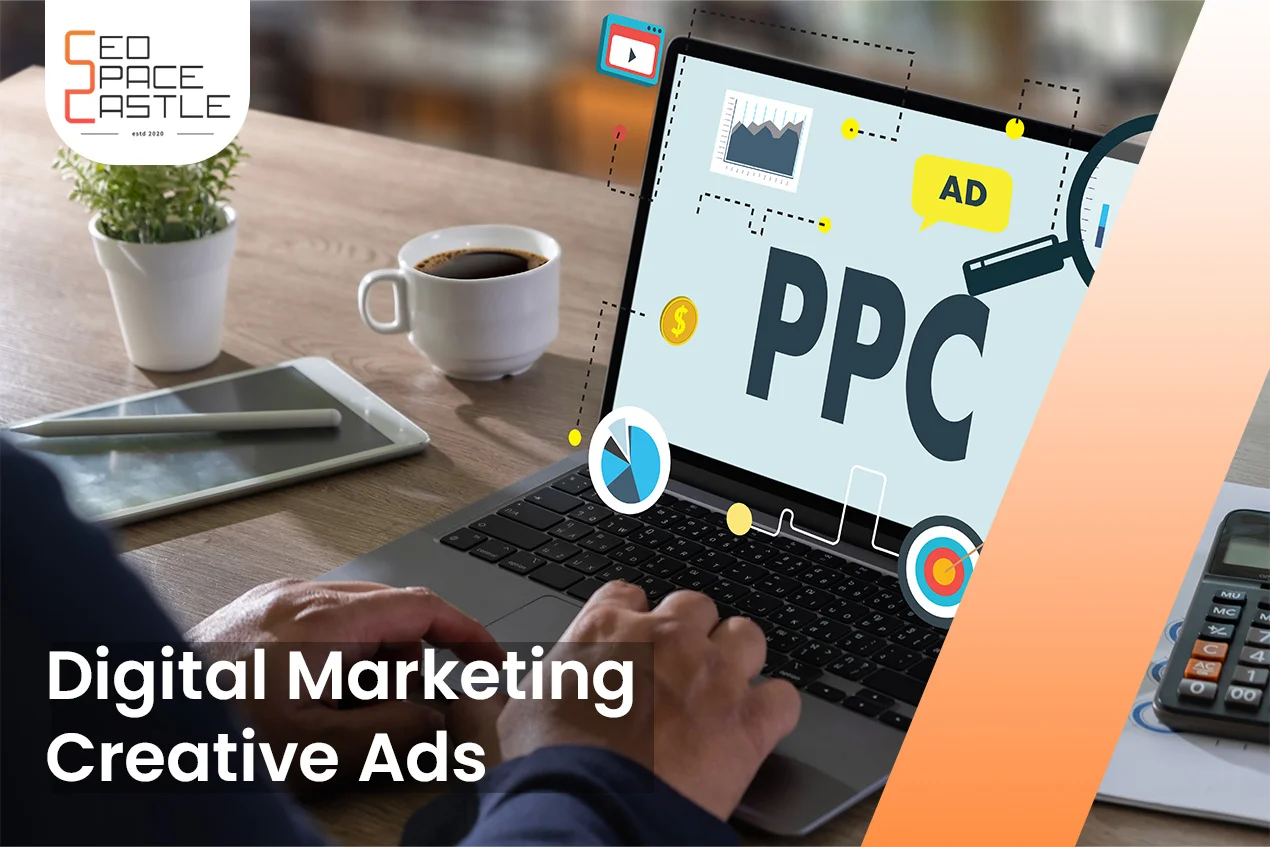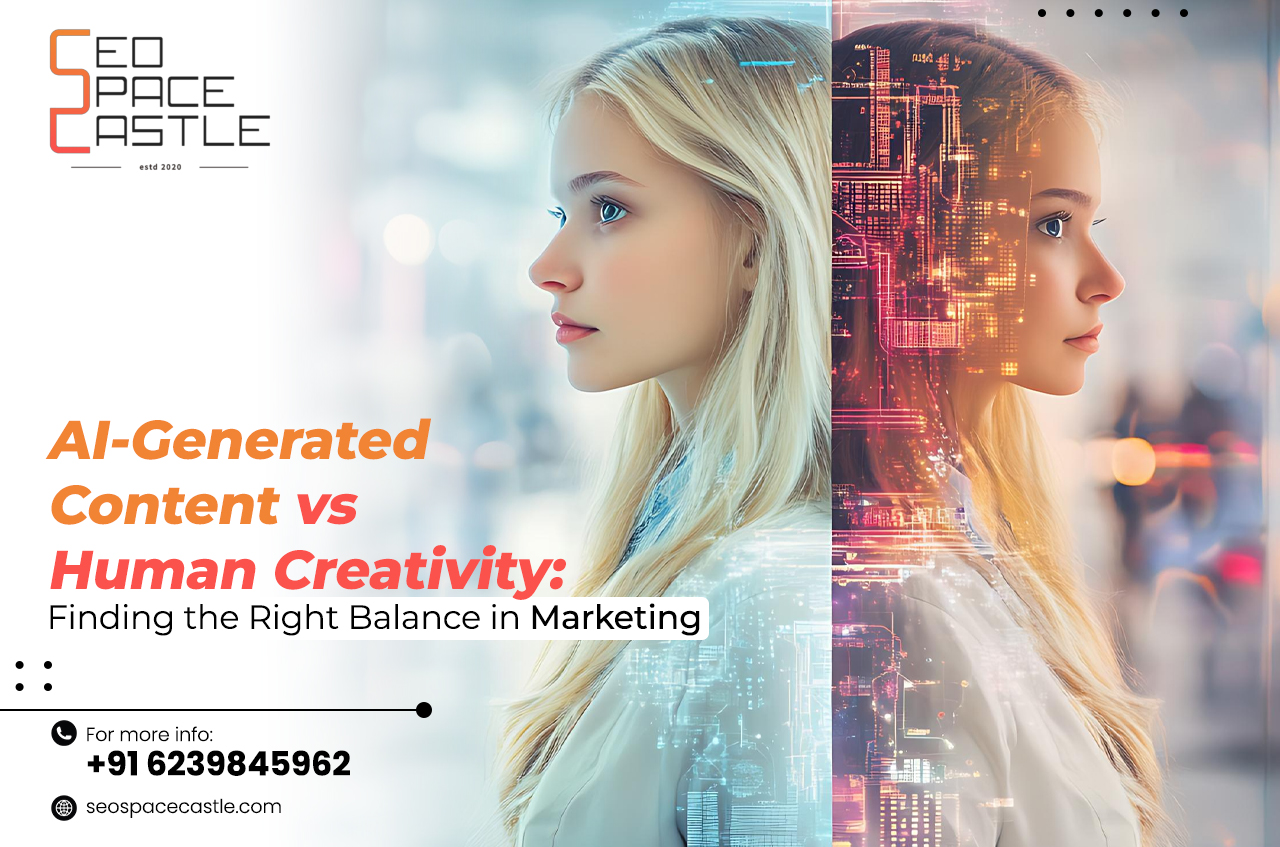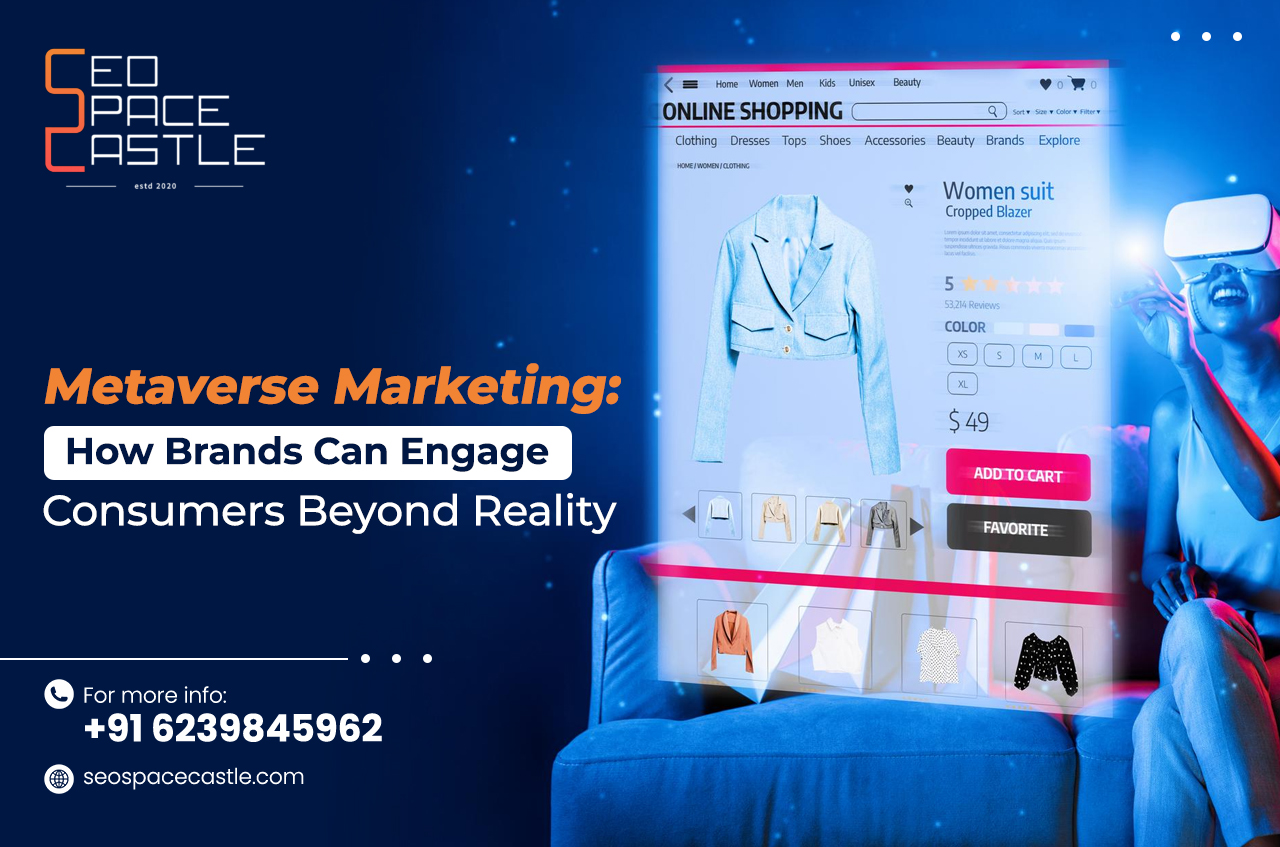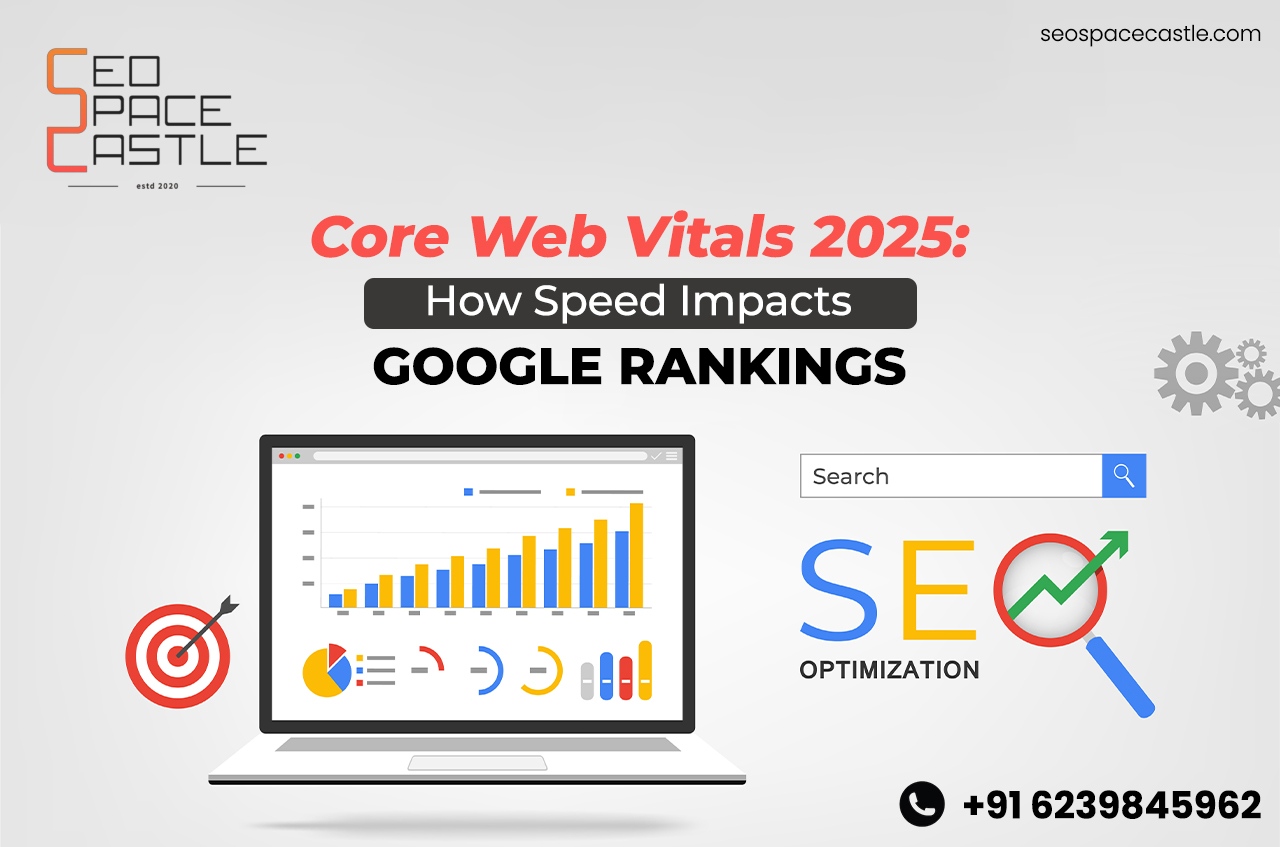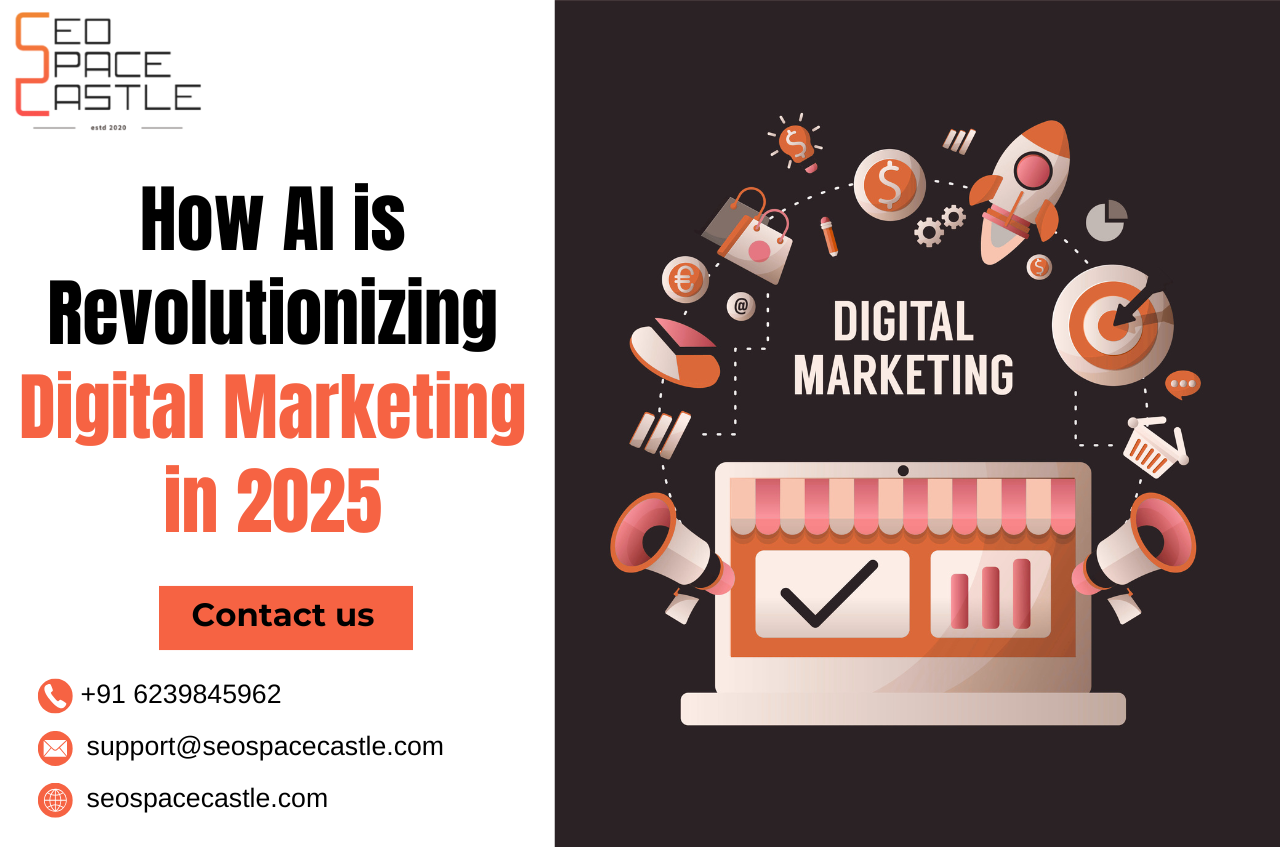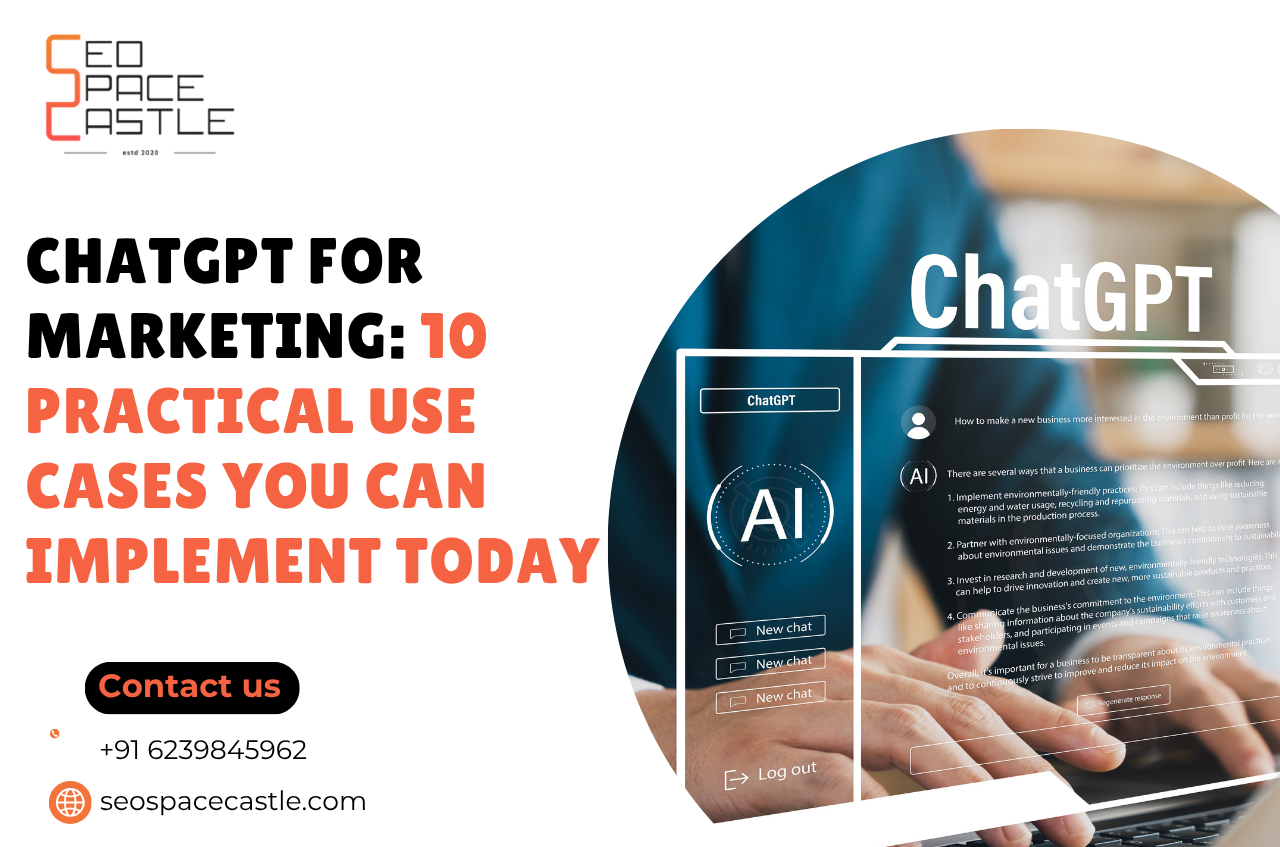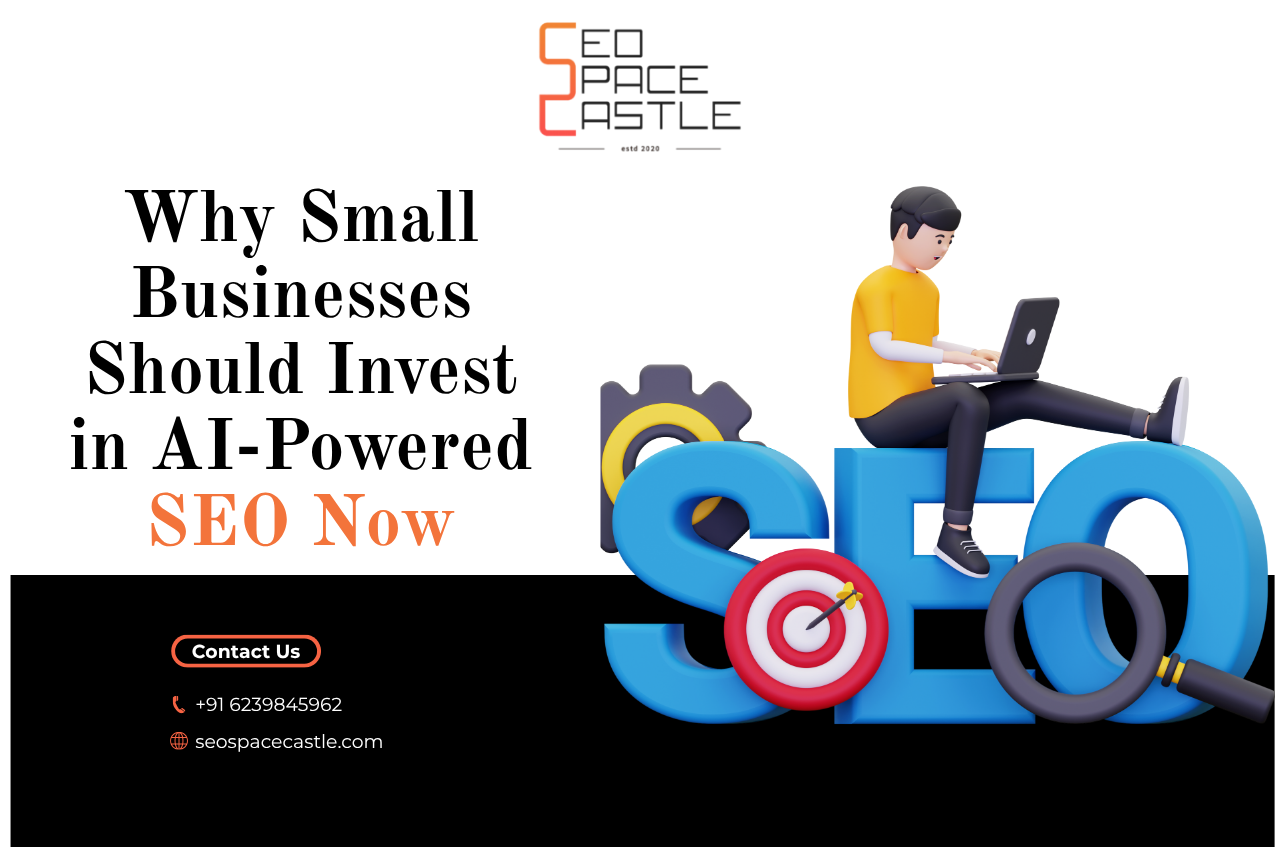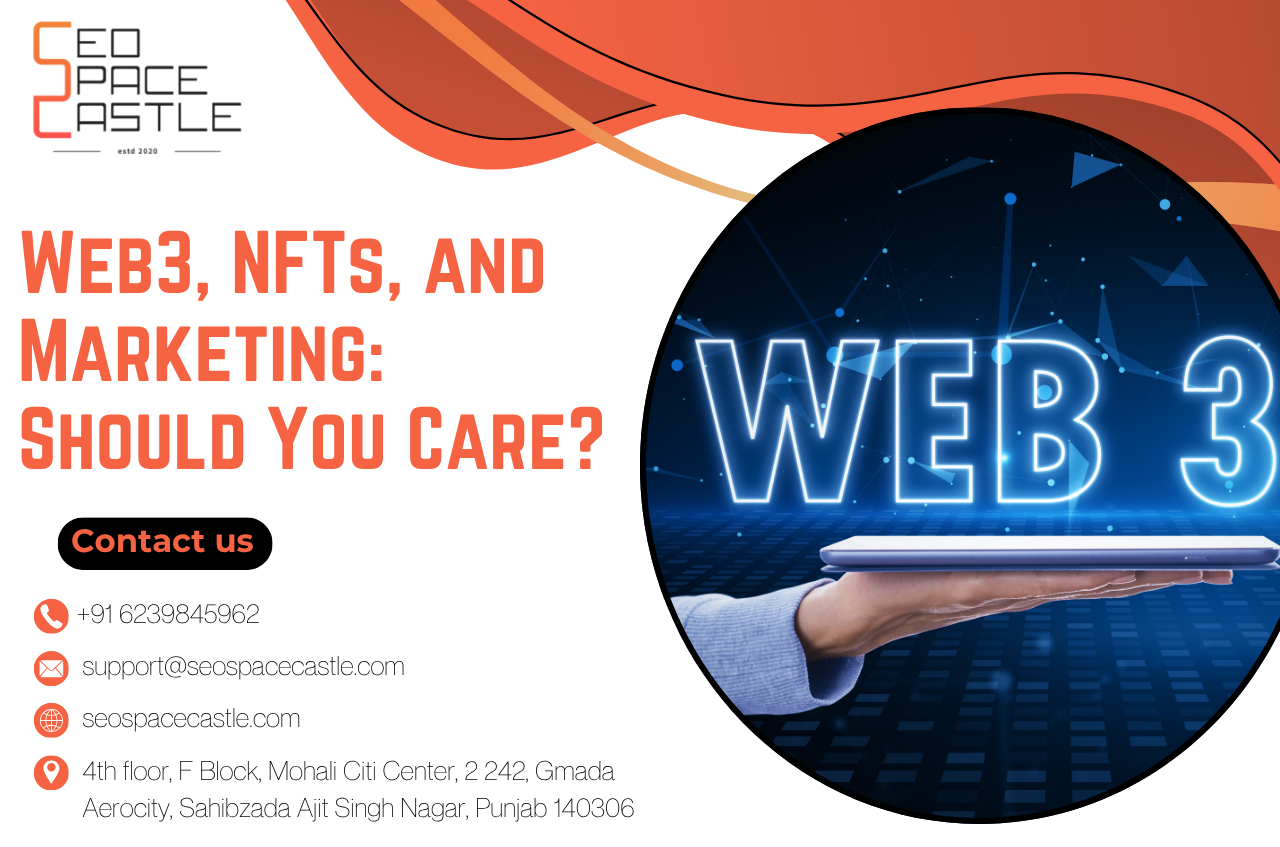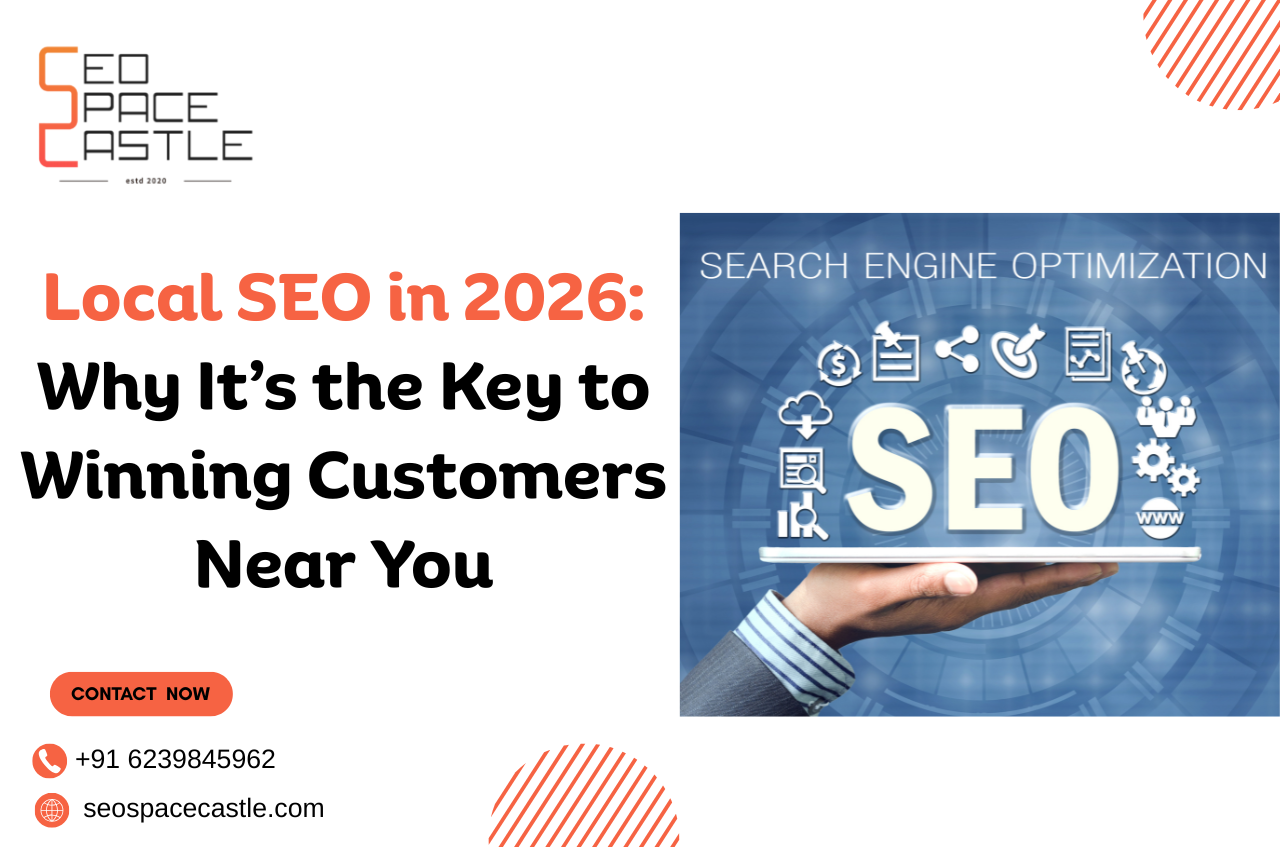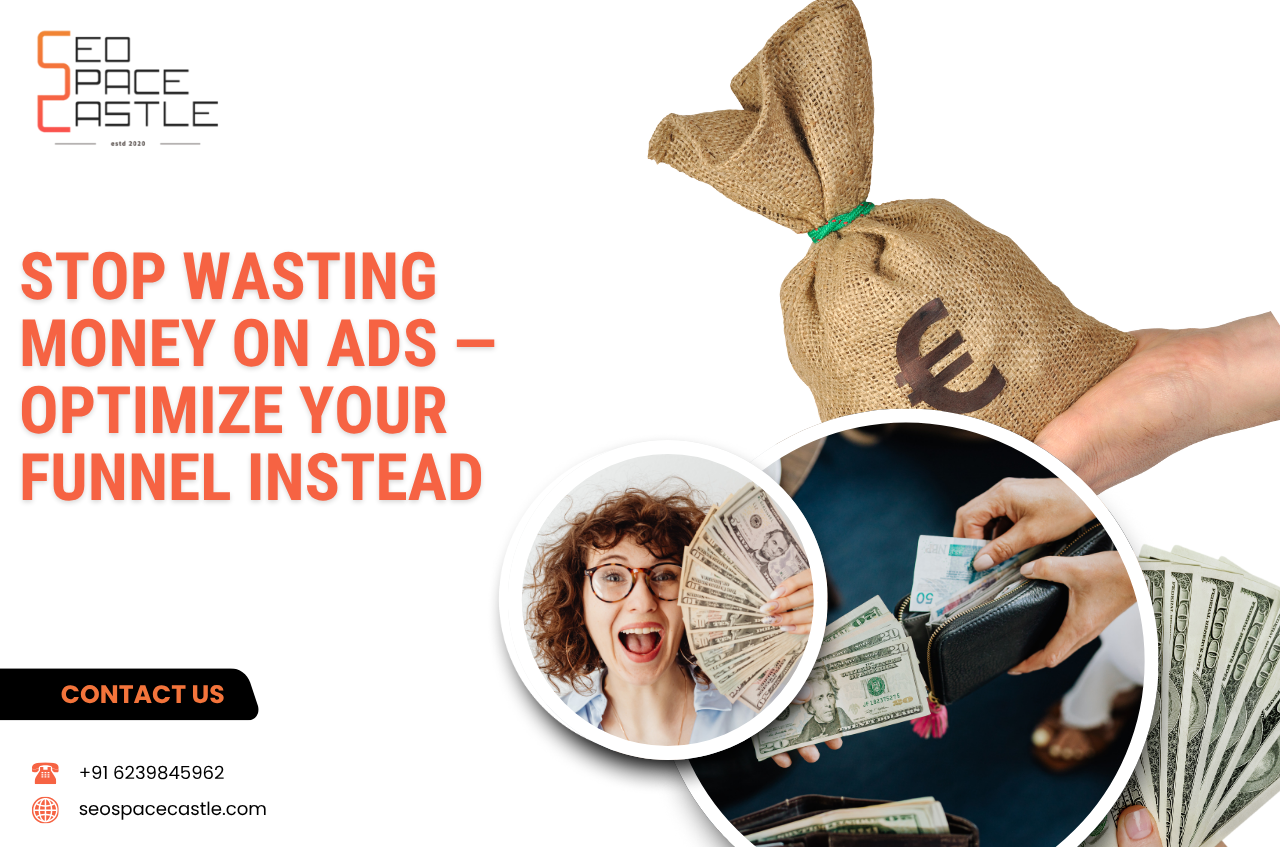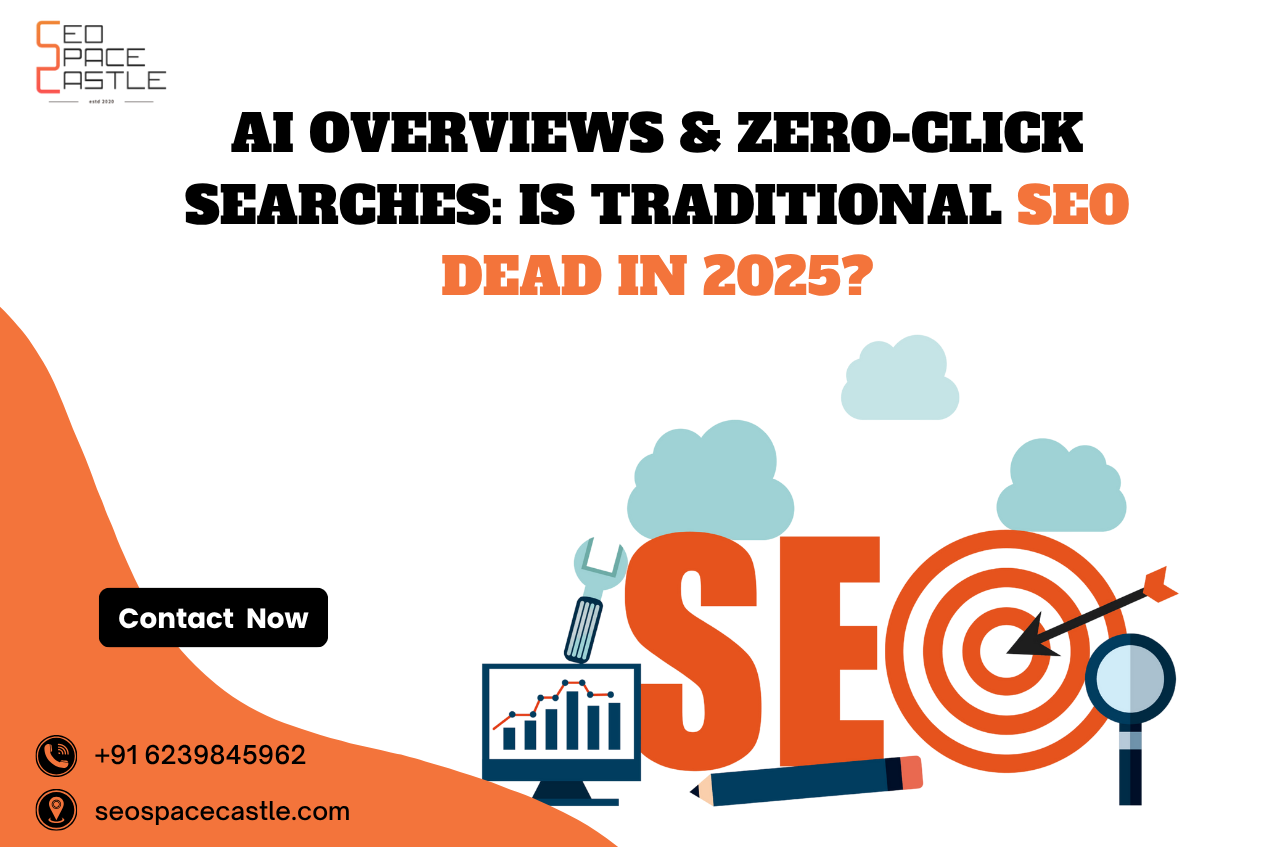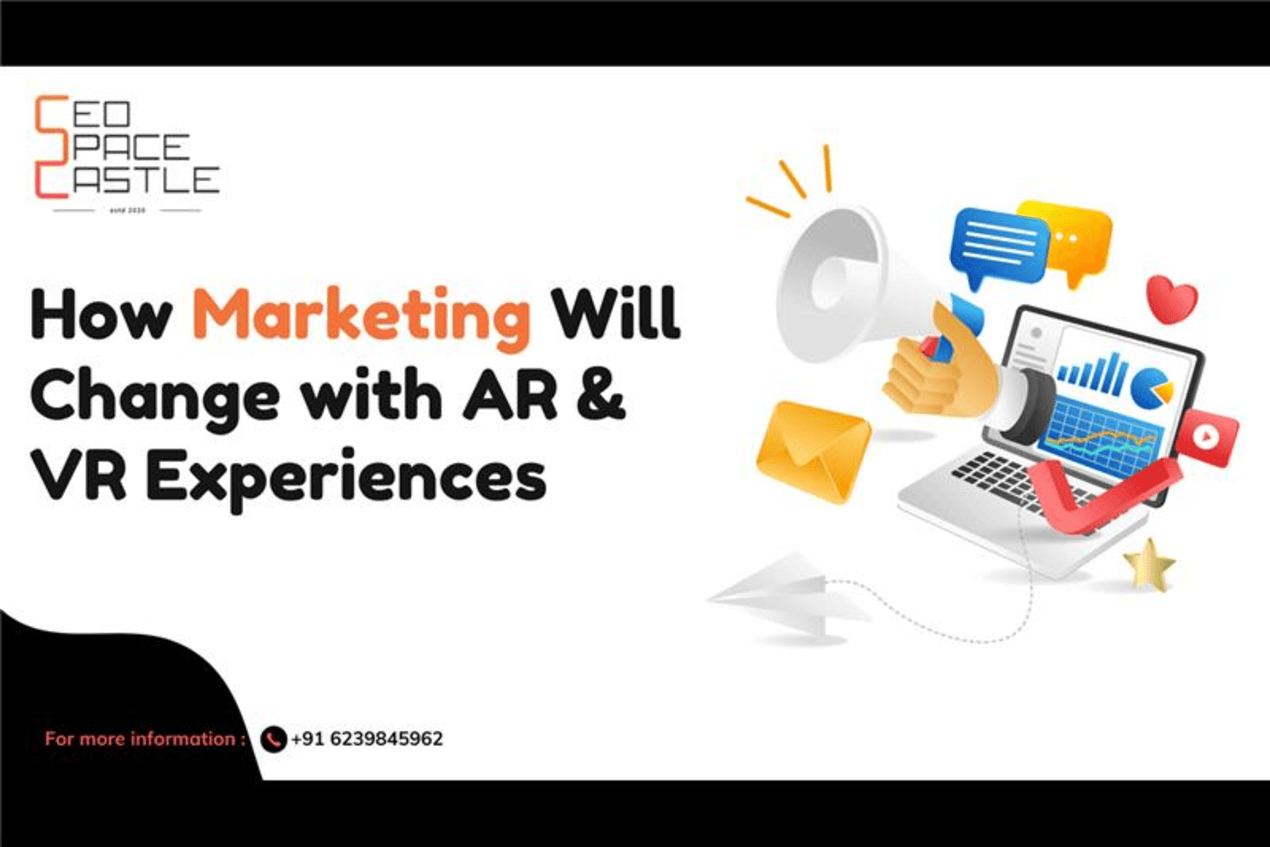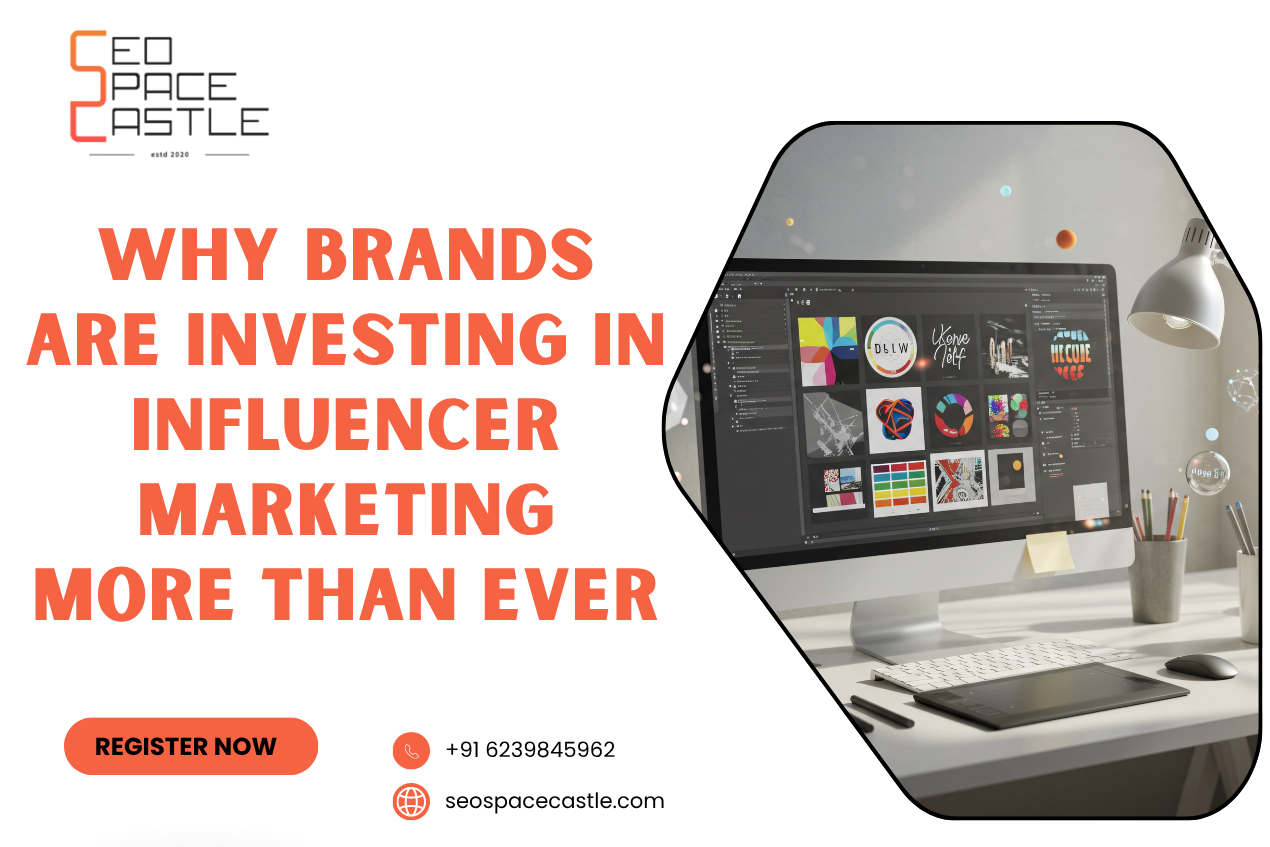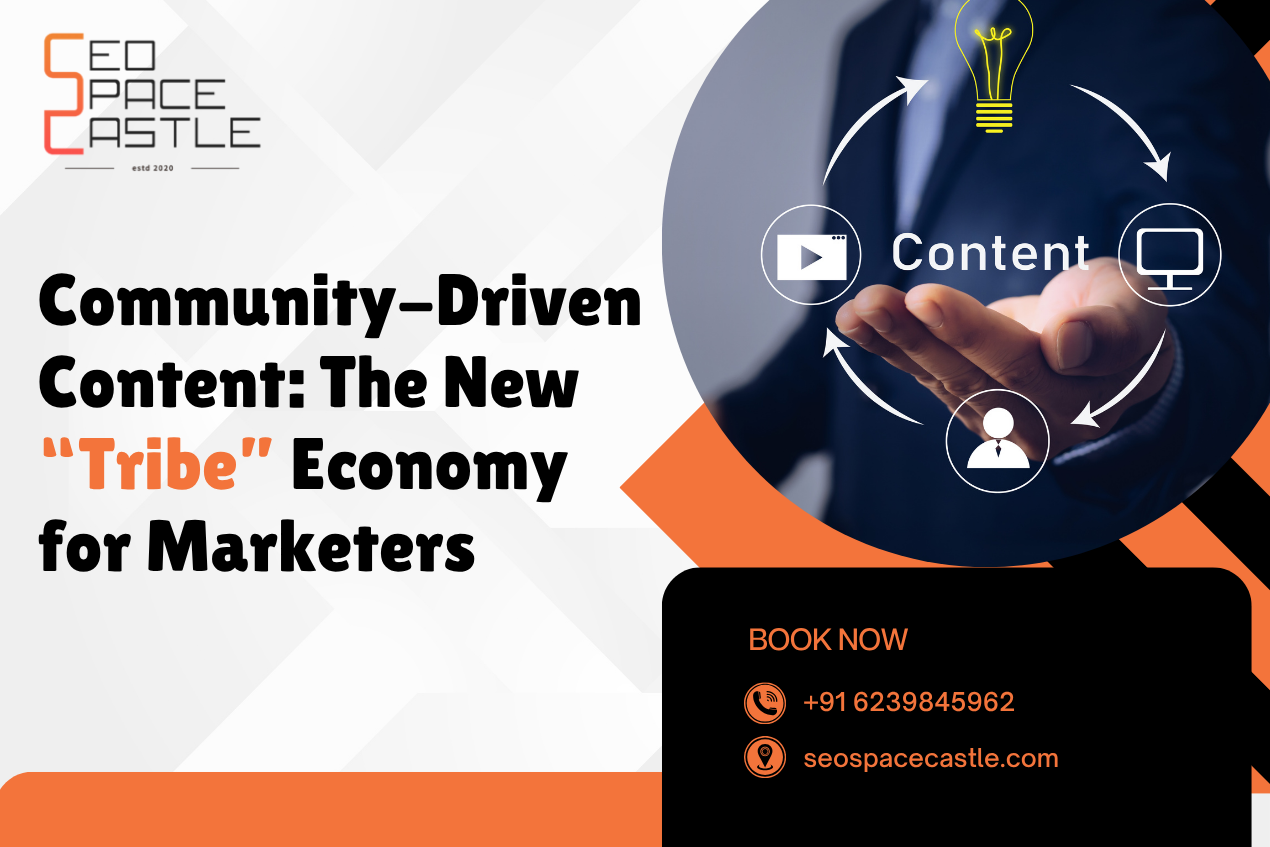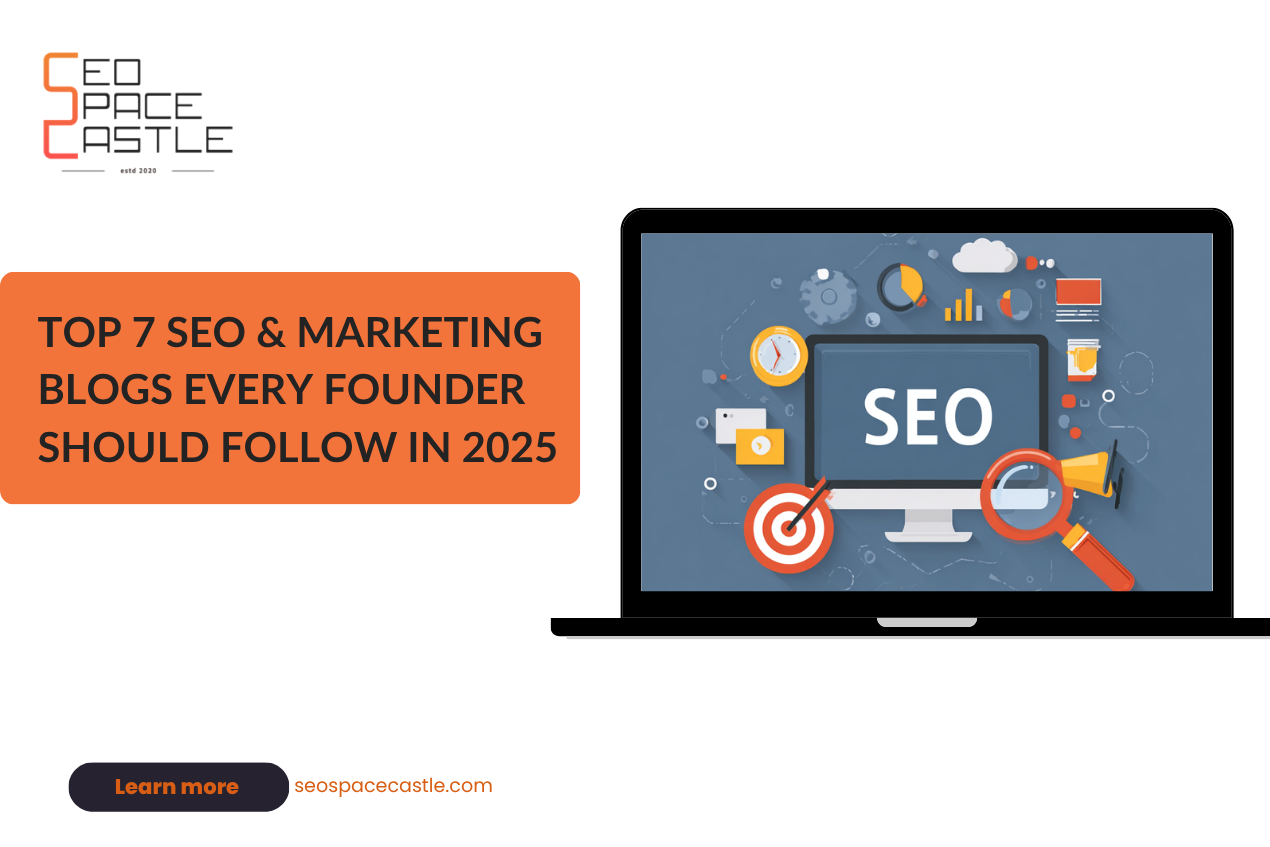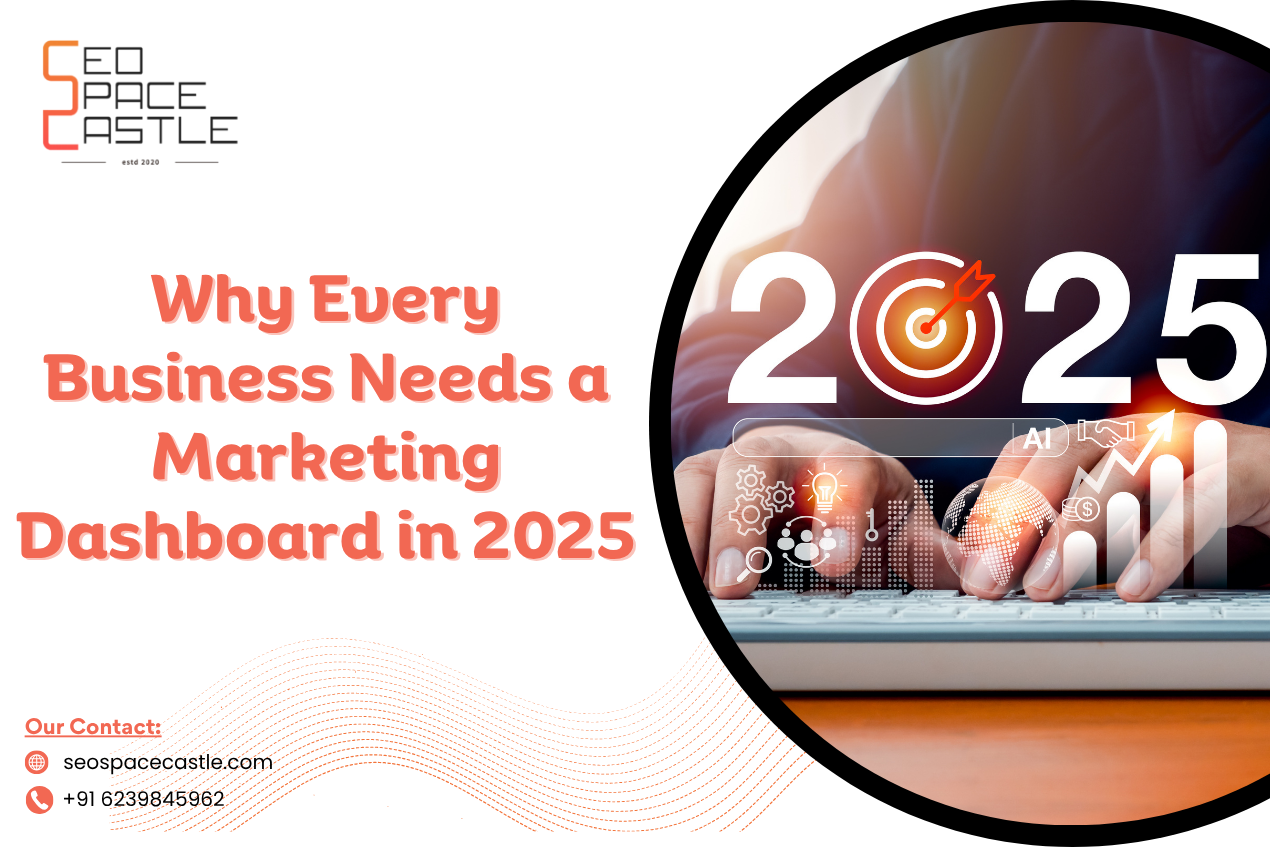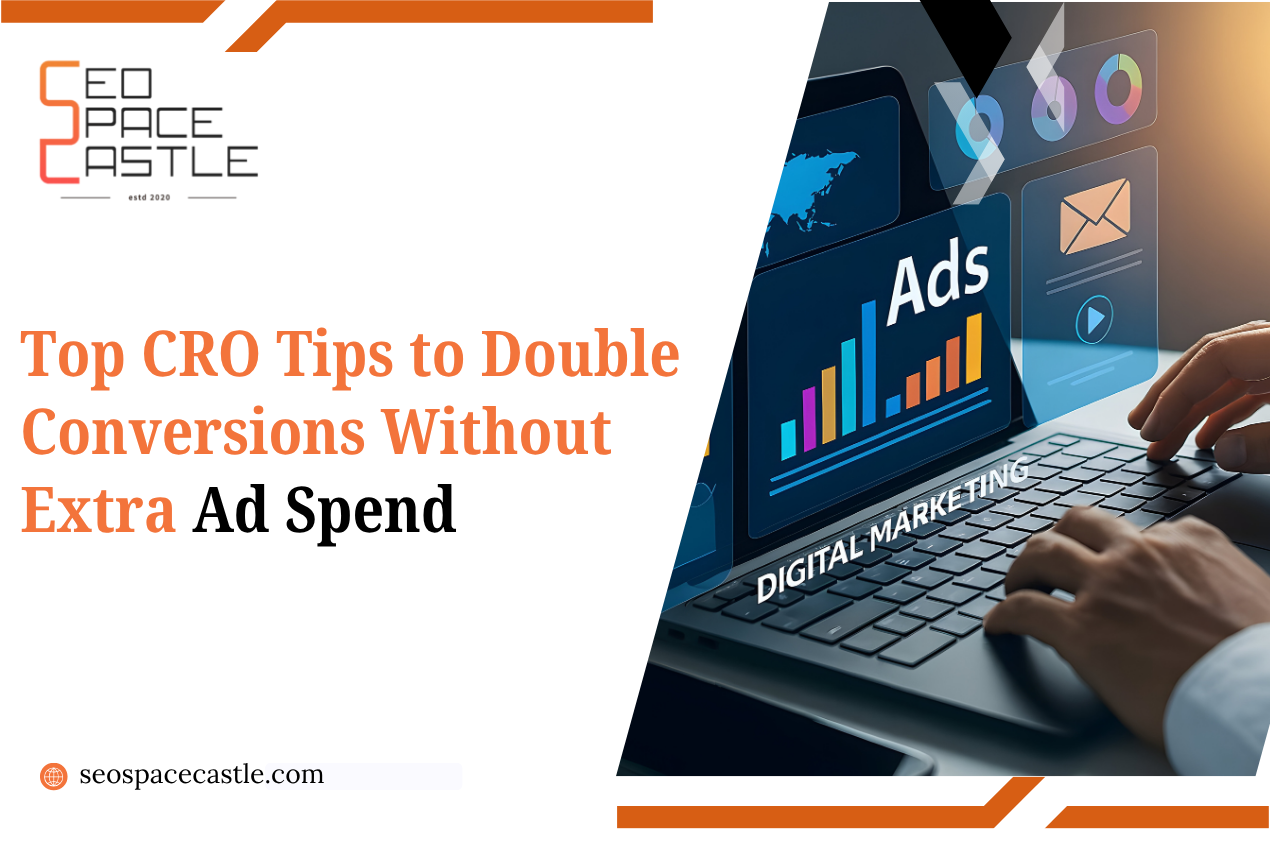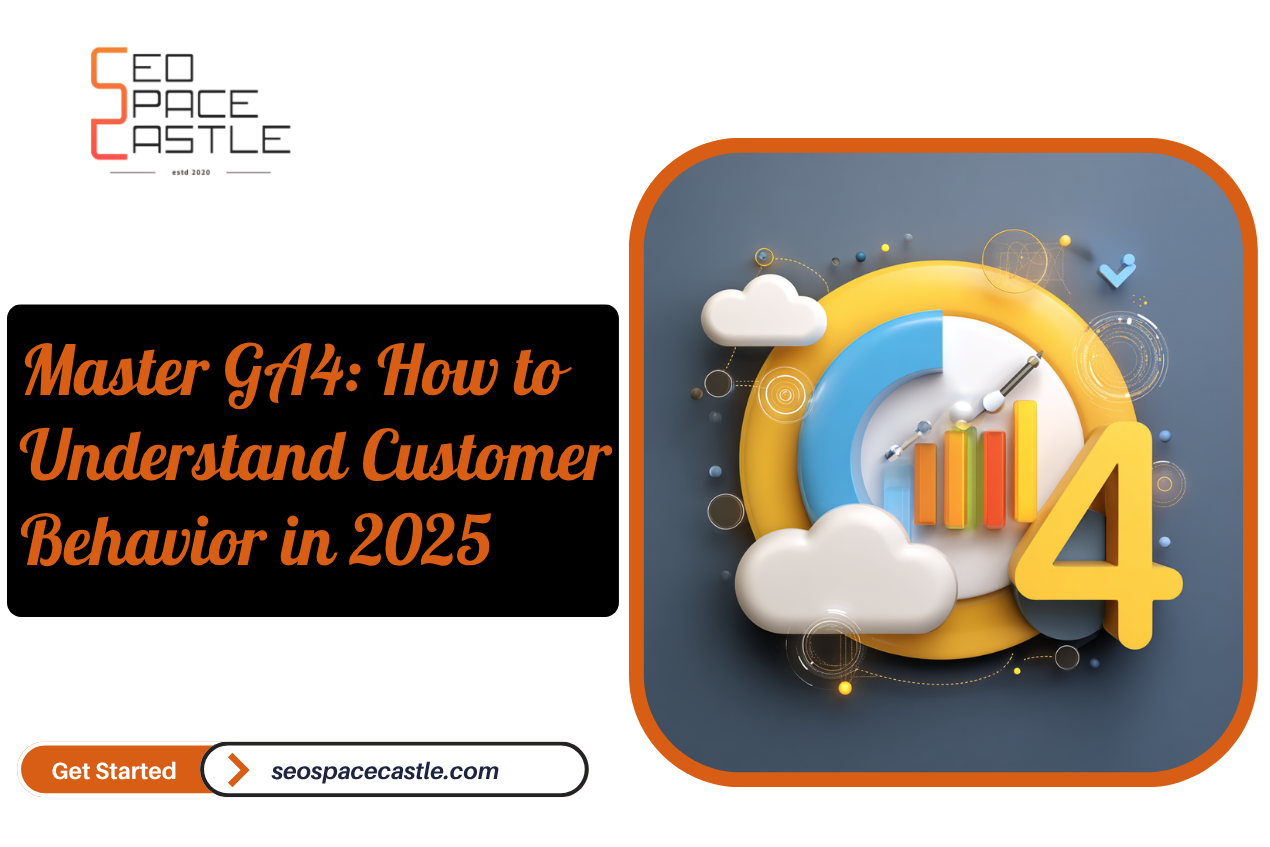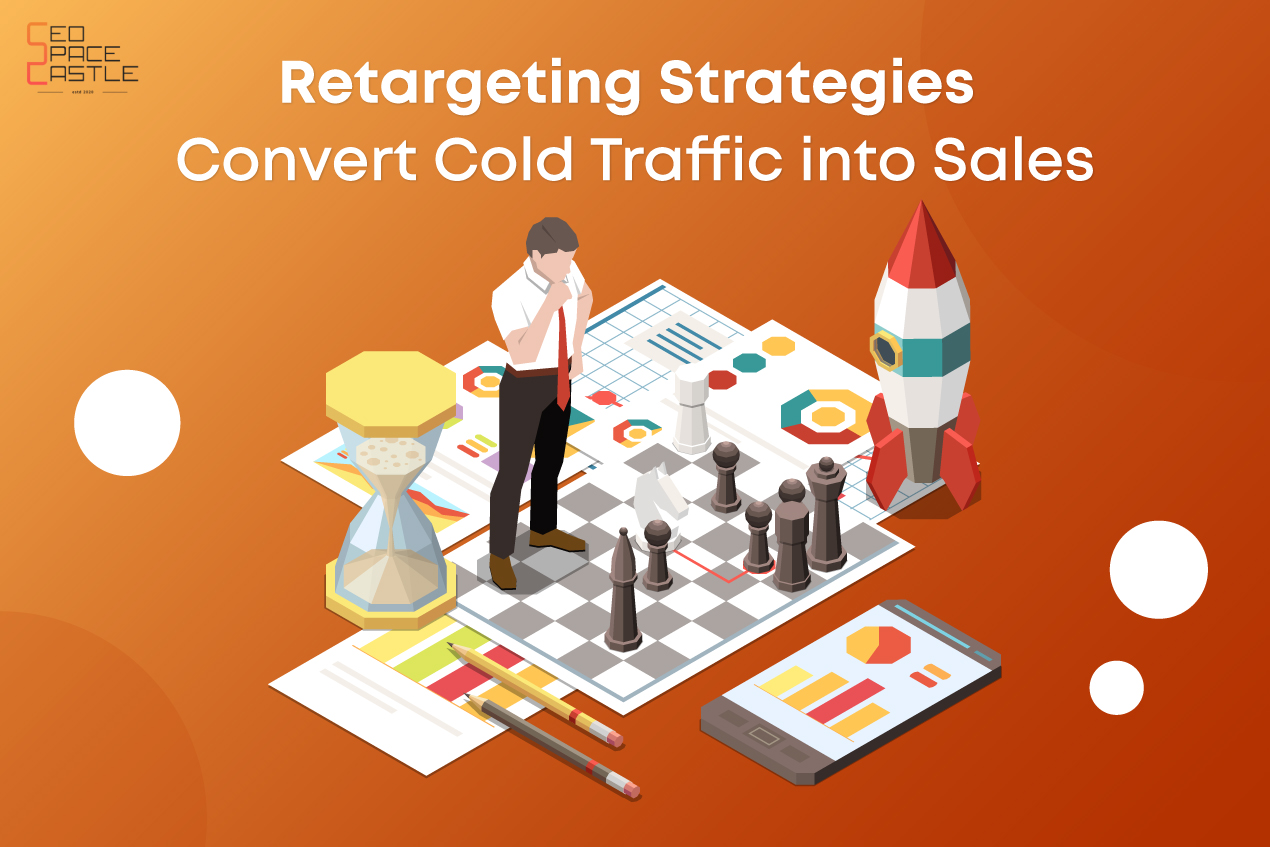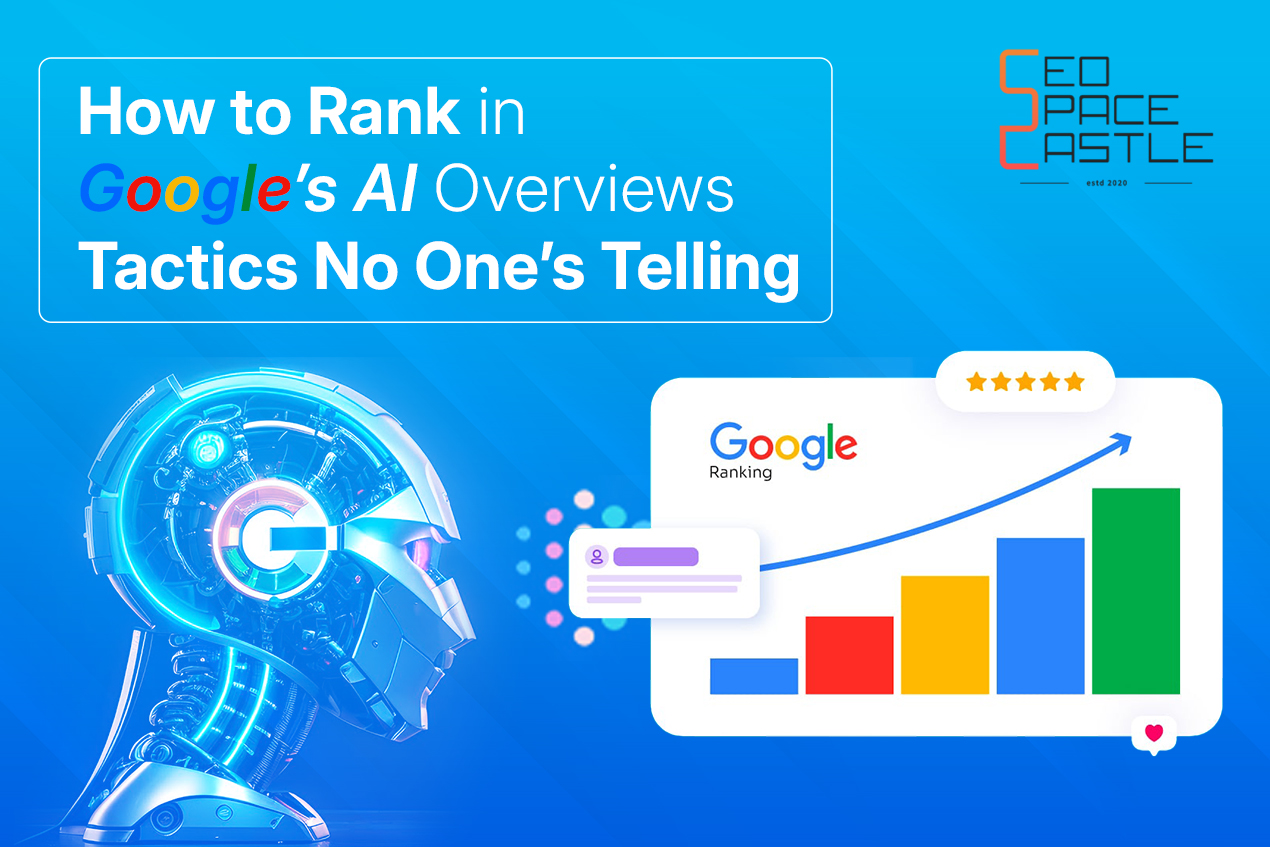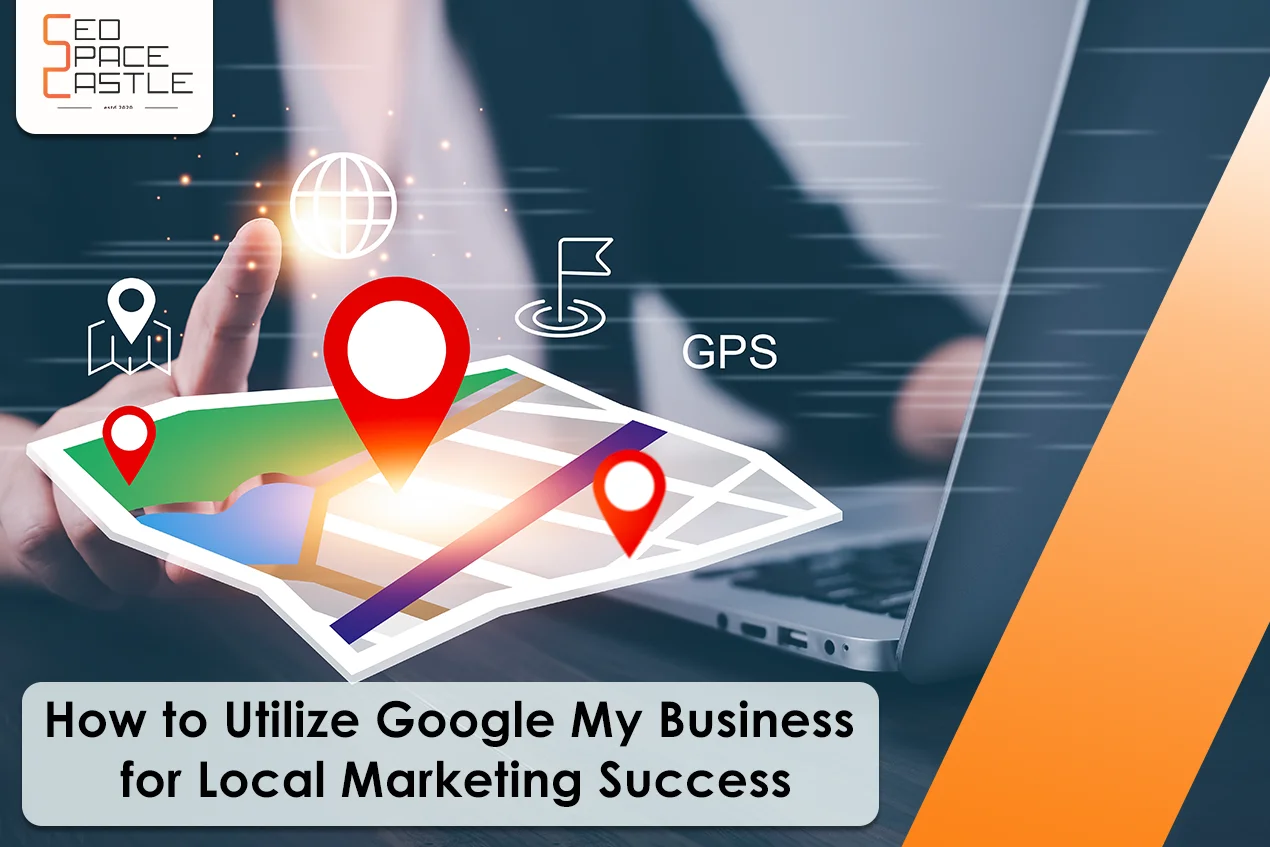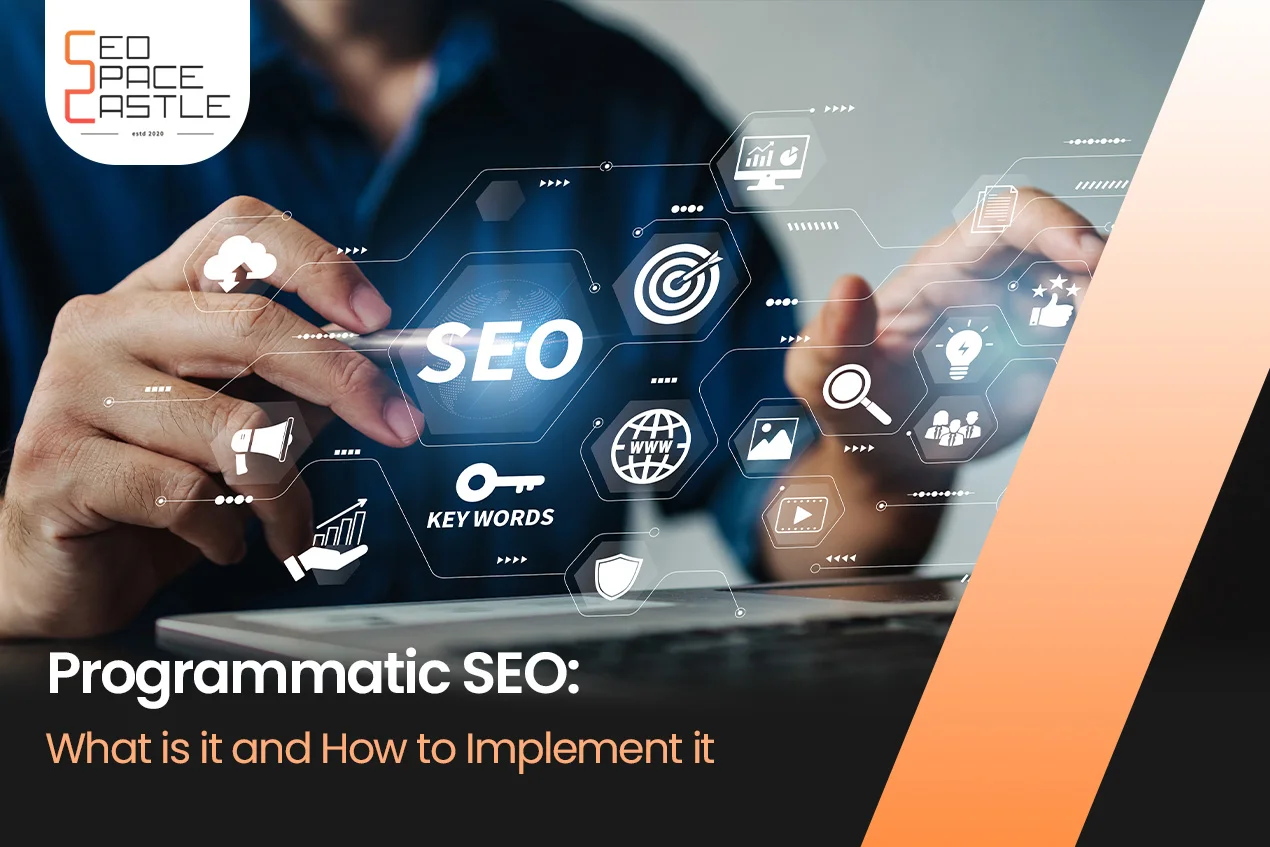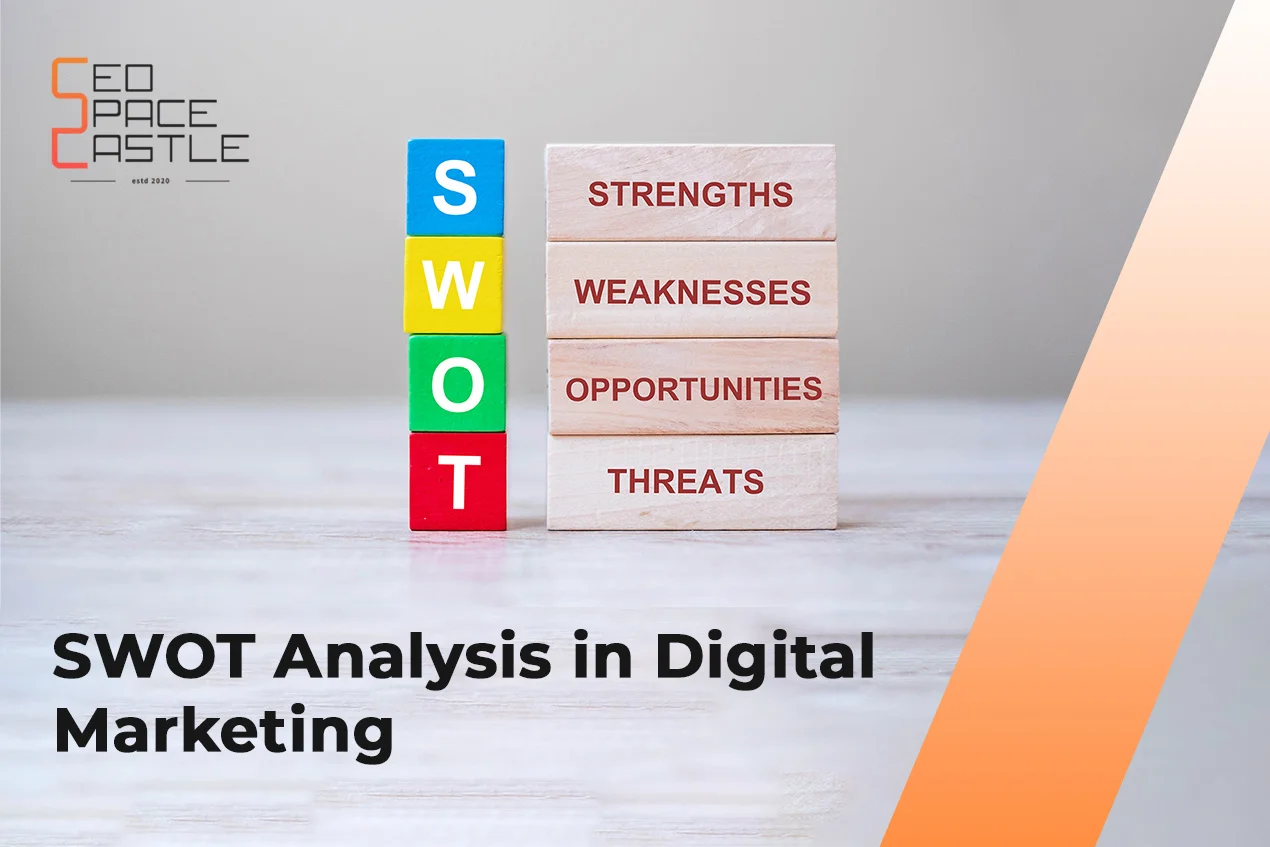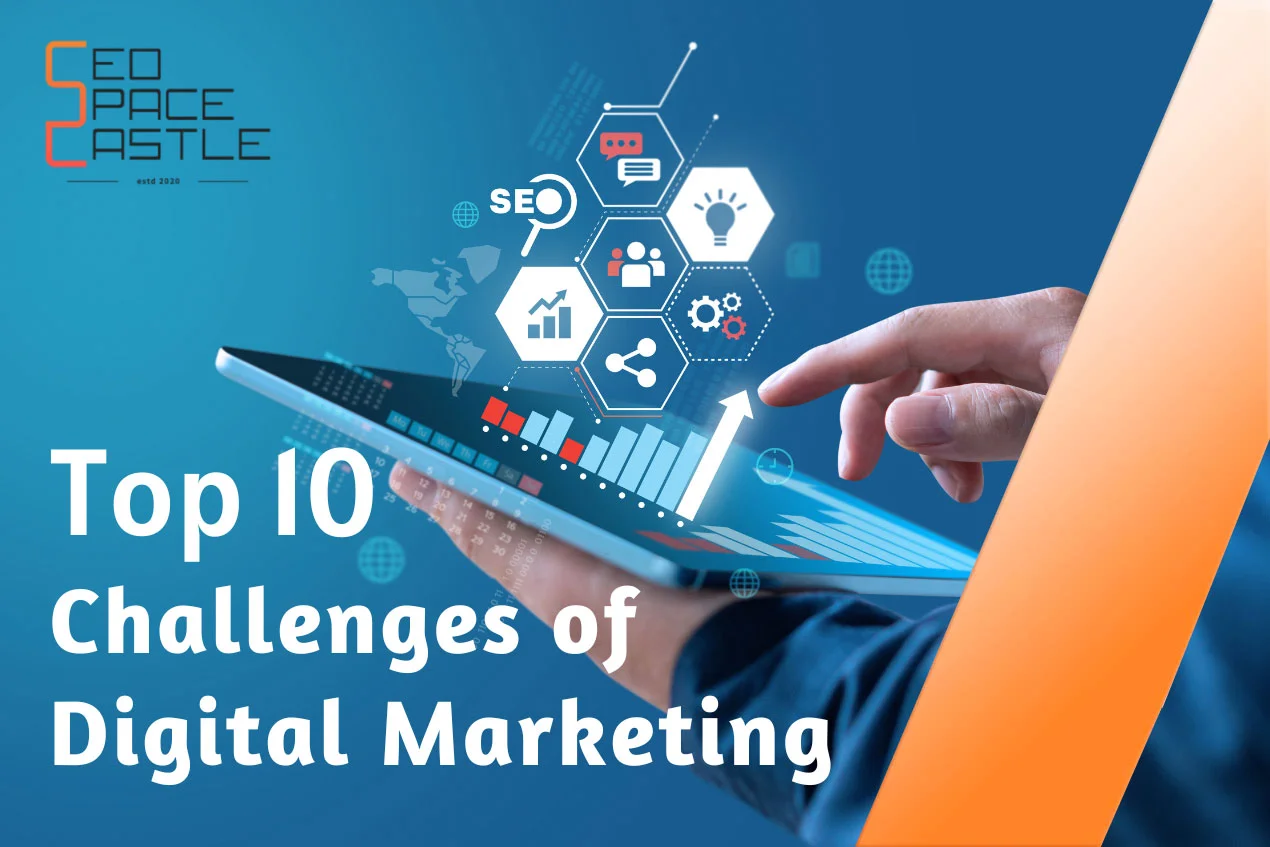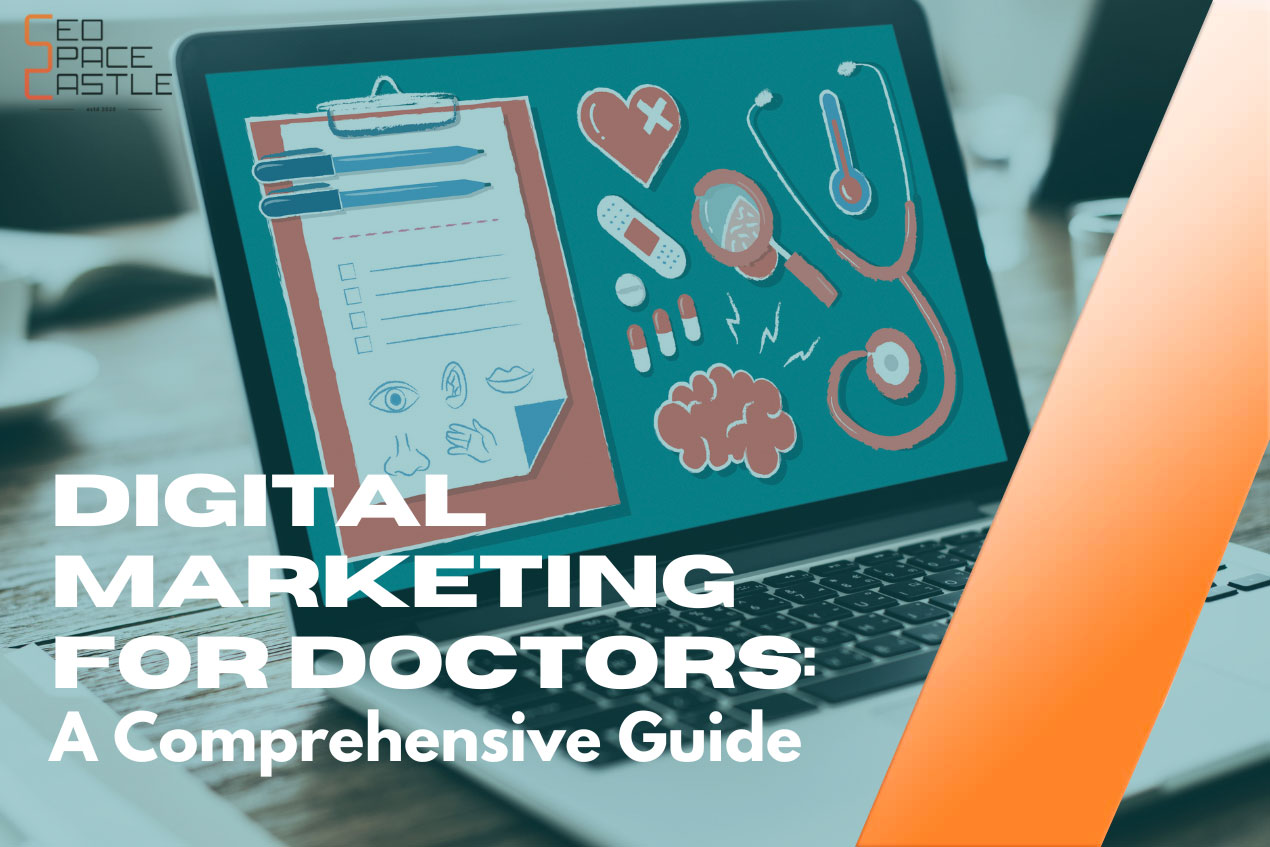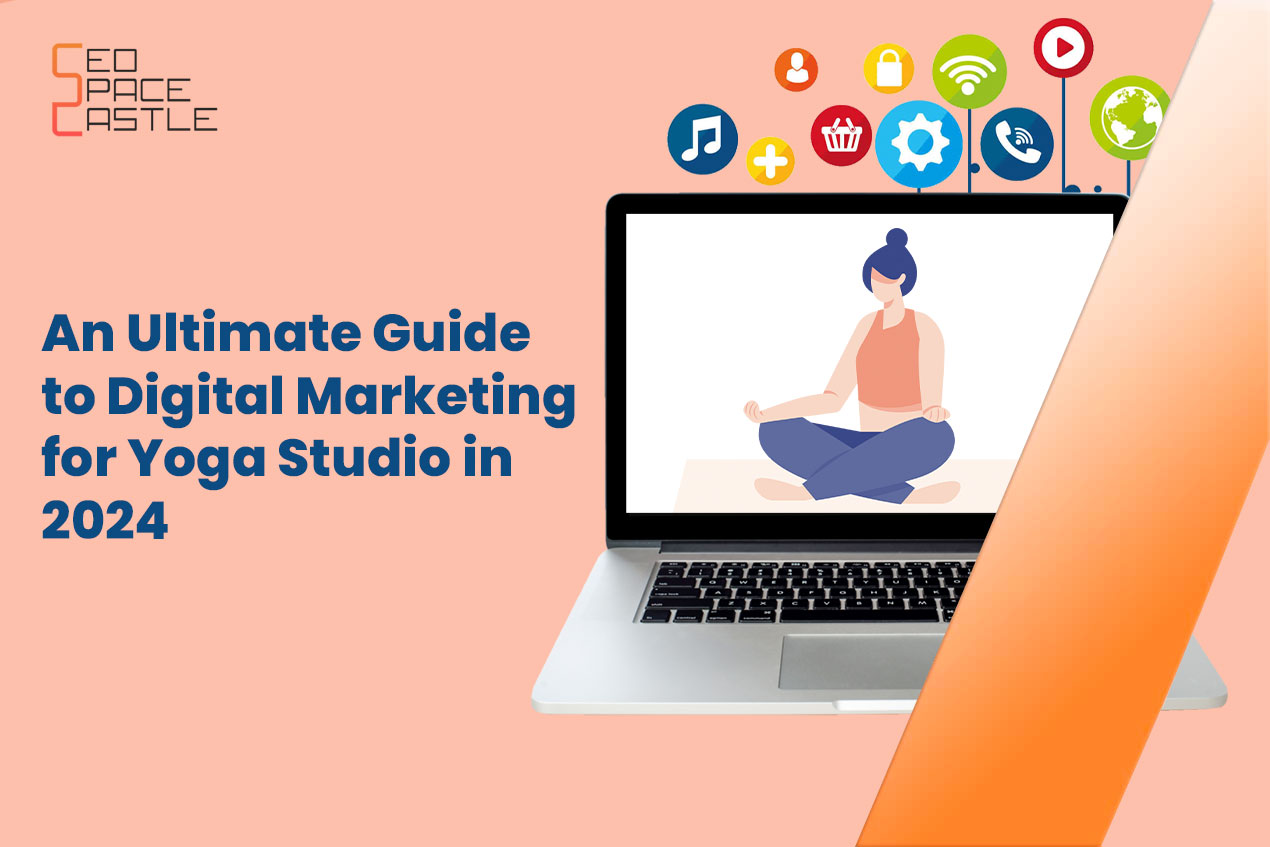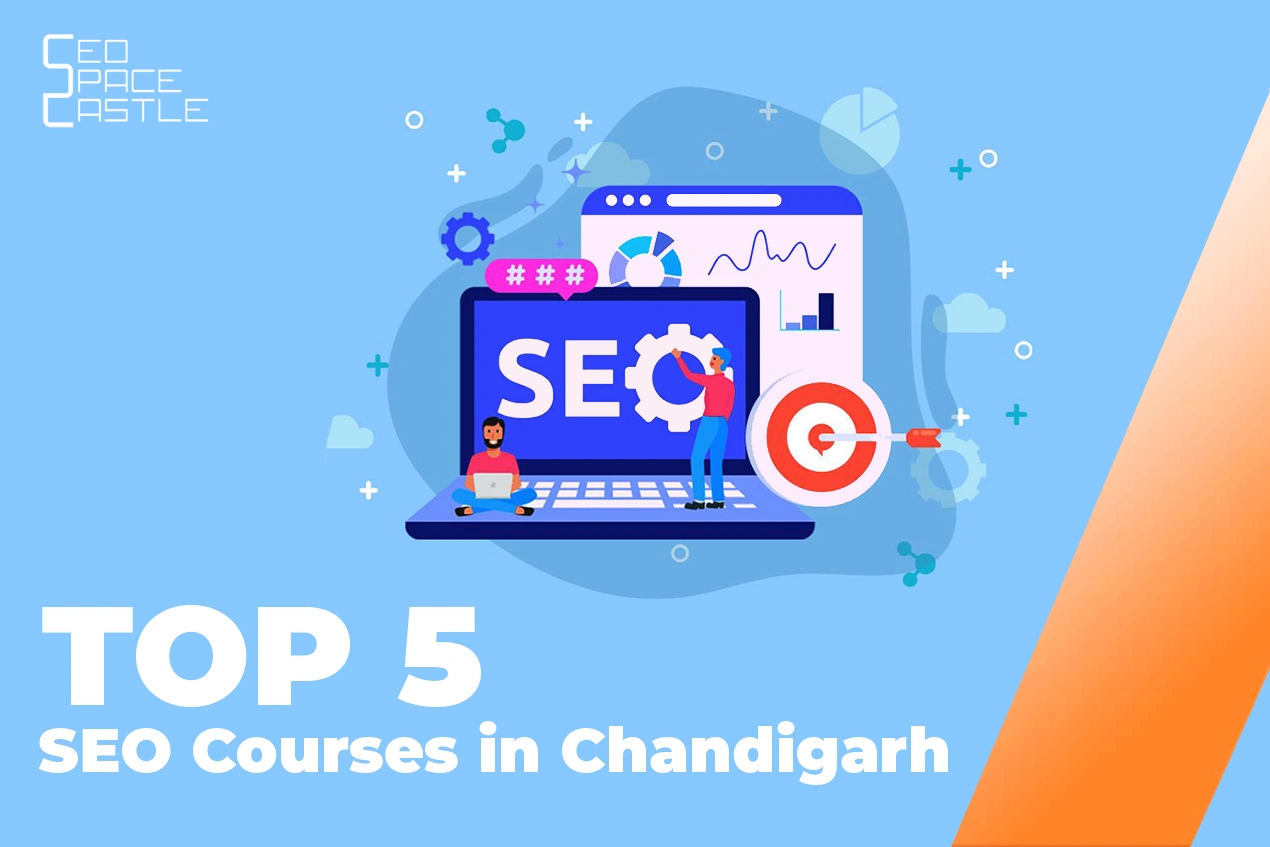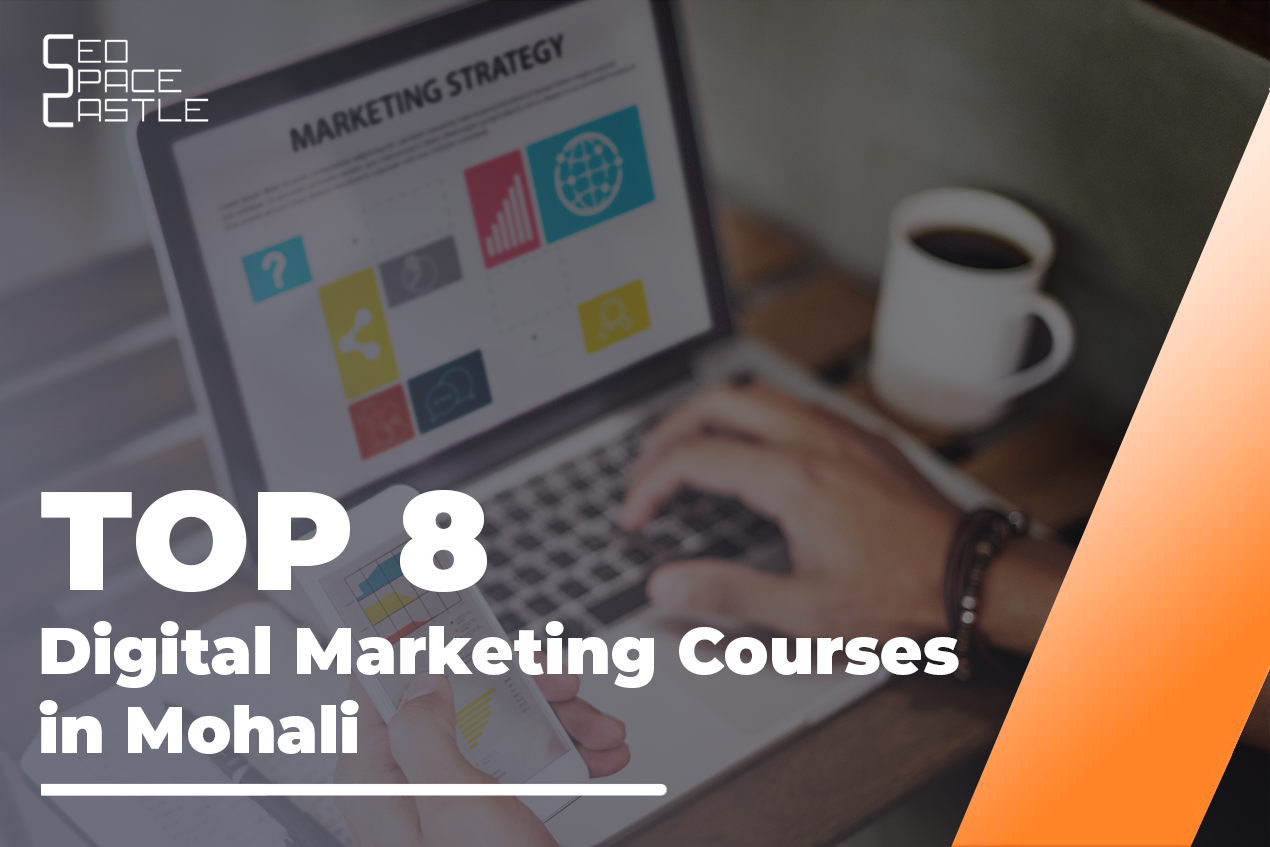In the dynamic world of digital marketing, the ability to captivate an audience's attention is essential. Digital marketing creative ads are important in this landscape as the gateway to capturing user interest and driving meaningful engagement. One specific avenue within digital advertising that relies heavily on creative prowess is Pay-Per-Click (PPC) advertising.
Table of Contents
- What are PPC (Pay-Per-Click) ads?
- Elements of a Successful PPC Ad
- Key Strategies for Crafting Creative PPC Ads
- Incorporating Creativity in Ad Design
- Measuring the Effectiveness of Digital Marketing Creative Ads
- Conclusion
- Frequently Asked Questions
What are PPC (Pay-Per-Click) ads?
PPC advertising is a digital marketing model where advertisers pay a fee each time their ad is clicked. This method allows businesses to feature their ads prominently in search engine results and various online platforms. The success of PPC campaigns hinges on bid strategies, targeting, and the creativity infused into the advertisements.
Elements of a Successful PPC Ad
1.) Headline :
The headline is the first interaction users have with your ad. Crafting headlines that are both attention-grabbing and relevant to the user's search intent is crucial. A compelling headline should convey the value proposition and entice users to click for more information.
2.) Description :
The ad description extends the headline, providing additional context and convincing users to take the desired action. Compelling ad copy is concise, persuasive, and tailored to resonate with the target audience.
3.) Visual Components:
Visual appeal is a driving force behind user engagement. Incorporating high-quality images, videos, and other visually appealing elements enhances the overall impact of the ad. Visuals should align with the brand message and create a memorable impression.
4.) Call-to-Action (CTA):
A well-crafted Call-to-Action is the guiding force that directs users on what steps to take next. Whether it's making a purchase, signing up, or downloading, a clear and compelling CTA encourages users to take the desired action, optimizing the ad's effectiveness.
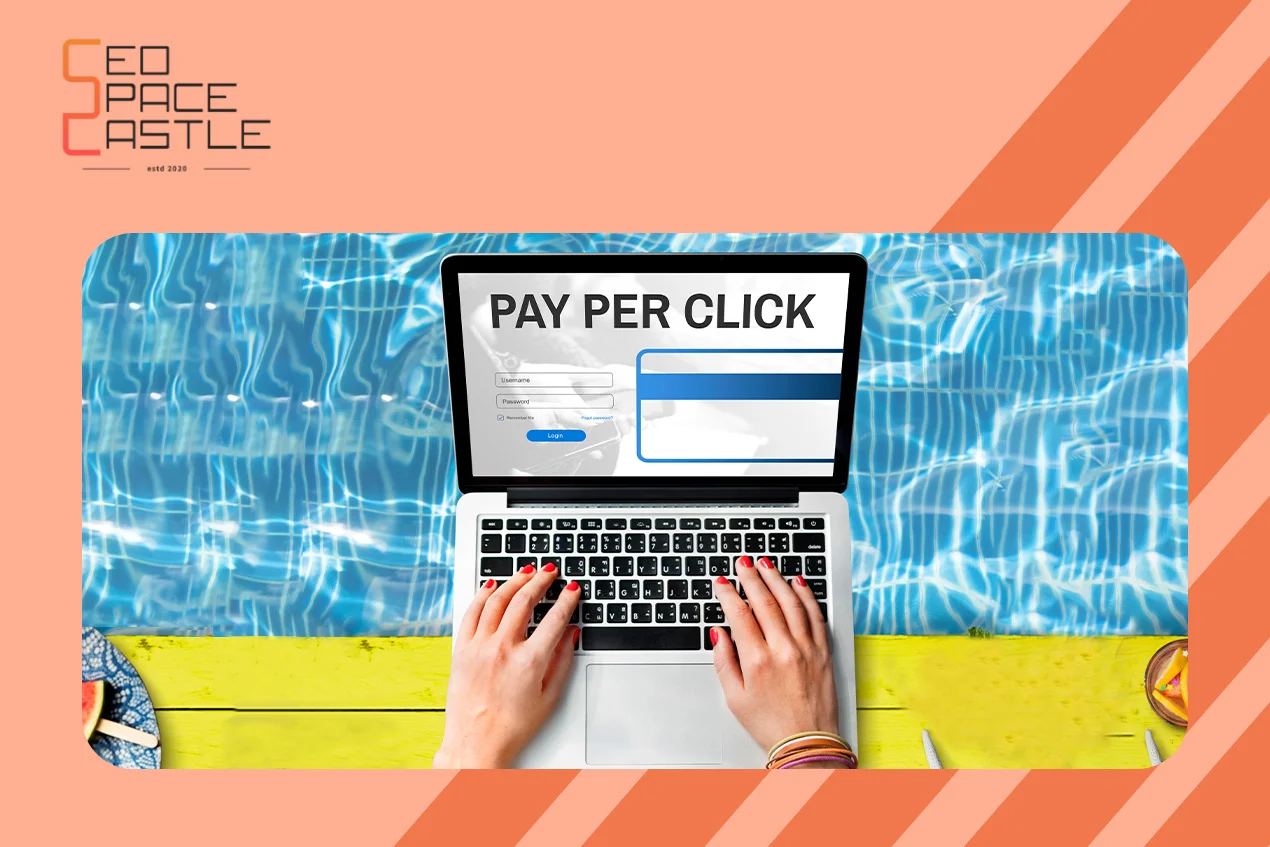
Key Strategies for Crafting Creative PPC Ads
I.) Audience Research:
Thorough audience research is the foundation of successful PPC campaigns. Knowing your target audience's preferences, behaviours, and pain points allows you to tailor ads that resonate with their needs, increasing the likelihood of engagement.
II.) Competitor Analysis:
Analyzing competitor ads provides valuable insights into what works in your industry. Identify successful strategies, creative elements, and areas for differentiation to refine your own PPC campaigns and stay ahead in the competitive landscape.
III.) Keyword Optimization:
Strategic keyword selection is fundamental to PPC success. Integrating relevant keywords into your ad copy ensures visibility for users actively searching for products or services related to your offerings.
Incorporating Creativity in Ad Design
1.) Graphic Design Tips:
Engaging graphic design is a cornerstone of creative PPC ads. Utilise colour schemes, fonts, and layout techniques that align with your brand while grabbing attention. Visual harmony enhances the user experience and increases the likelihood of conversions.
II.) Branding:
Maintaining brand consistency across all ads fosters brand recognition. Ensure that your PPC ads align seamlessly with your brand identity, reinforcing trust and credibility.
III.) Utilising Animation and Interactive Elements:
Adding animation or interactive elements injects a dynamic and engaging element into your ads. Interactive content encourages user participation, increasing users' time interacting with your ad.
IV.) Adapting to Different Platforms:
Each digital platform has unique features and user expectations. Tailoring ads to suit the nuances of each platform ensures optimal performance. Adapt ad formats and content to resonate with users on platforms like Google, Facebook, and Instagram.
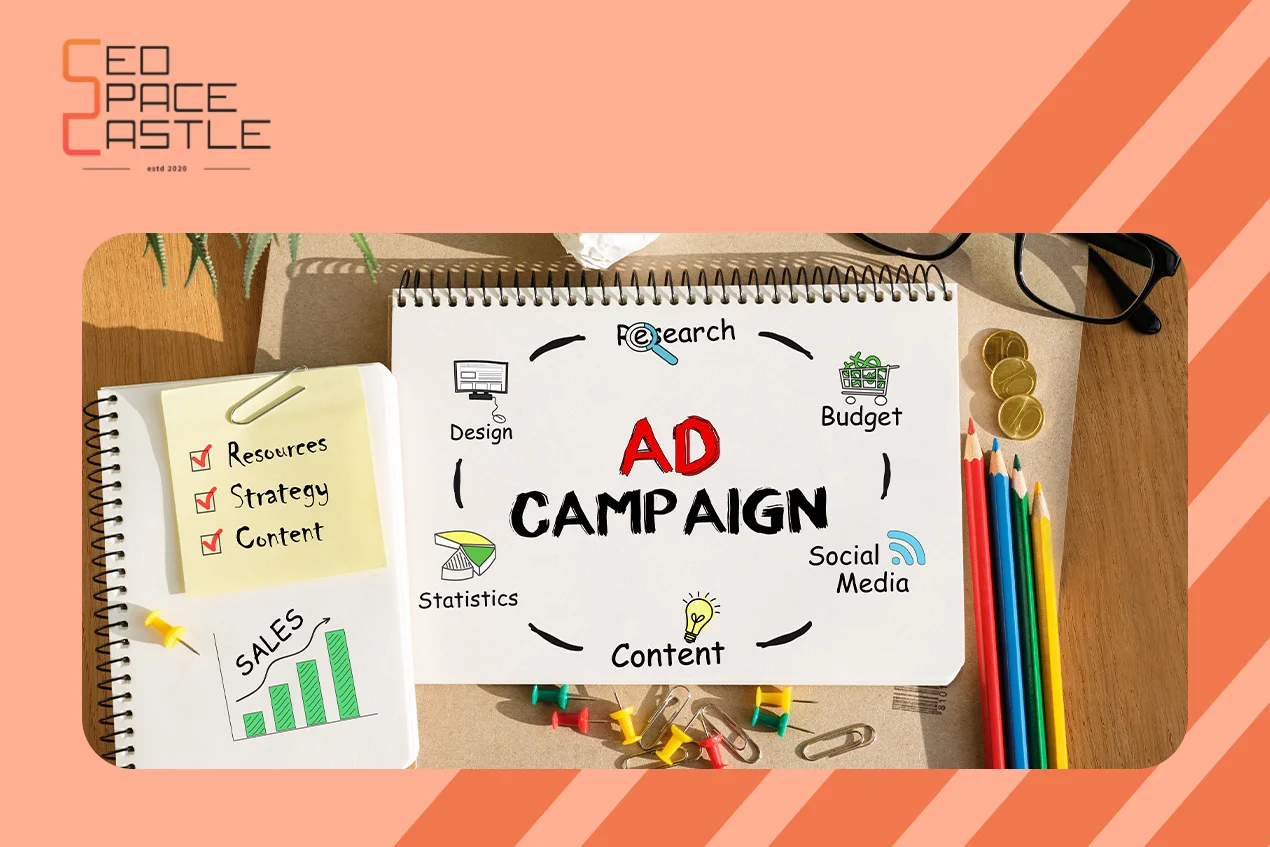
Measuring the Effectiveness of Digital Marketing Creative Ads
1.) Click-Through Rate (CTR):
One of the fundamental metrics, CTR, measures the percentage of users who click on the ad after viewing it. A high CTR indicates that the ad resonates with the audience and drives engagement. Monitoring CTR over time helps assess the overall effectiveness of the creative elements.
2.) Conversion Rate:
Beyond clicks, the ultimate goal of any PPC campaign is to convert users into customers. The conversion rate measures the percentage of users who took the desired action, such as purchasing or filling out a form. Analyzing the conversion rate provides insights into how well the creative ad translates interest into tangible results.
3.) Engagement Metrics:
Beyond the basic click, analyzing additional engagement metrics such as time spent on the landing page, interactions, and social shares provides a holistic view of user engagement. A creative ad that attracts clicks and engages users indicates a more profound impact.
4.) Quality Score:
Platforms like Google Ads assign a quality score to ads based on relevance, click-through rate, and landing page experience. A higher quality score reduces costs and indicates that the creative elements are aligned with user expectations and preferences.
5.) Ad Placement and Positioning:
The effectiveness of digital marketing creative ads can also be influenced by their placement and positioning on digital platforms. Analyzing the performance based on ad placement helps optimize strategies for maximum visibility and impact.

Conclusion
In the ever-evolving online landscape, the role of digital marketing creative ads in PPC campaigns cannot be overstated. Crafting compelling headlines, persuasive ad copy, and visually stunning designs are the pillars of a successful PPC strategy. By embracing creativity and staying attuned to audience preferences, businesses can unlock the full potential of PPC advertising, driving meaningful engagement and achieving campaign success. Continuous adaptation and optimization will be necessary to navigate the dynamic landscape of digital marketing in the future.



